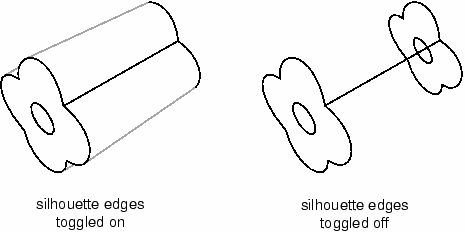

This method presents the advantage of concentrating the computational effort on the zones that need it most. It consists of first carrying out a complete computation of the structure as a whole and then using the solution to prescribe the boundary conditions, as displacement or load , on a more refined local model. The most popular method in mechanical engineering is a top-down approach (often known as submodeling ), which is very present in commercial software. To ensure interaction between the different scales, it is necessary to construct suitable coupling methods. Consequently, the need to consider models at several scales within a given simulation is, and will continue to be, an essential feature in the development of large sized products of growing complexity. In particular, aircraft programmes (more broadly, any large-scale industrial programme) require permanent access to levels of representation graded in complexity, from the aerodynamic concept to the design of structural details.

This would be irrelevant with today’s industrial processes and engineering mindsets. The ever-increasing power of high-performance computing (HPC ) and of design-through-analysis methodologies allow the advent of the mythic “complete predictive model”: in the long term, local model granularity would be propagated up to large scales, with finally one bulk model driven by smallest scale constraints.

Local models address greater complexity: their characteristic size varies between 0.1 and 1 m, and their main purpose is to capture the behavior of structural details up to rupture. Global models assume simplifications of the geometry, kinematics and behavior: their characteristic size varies between 1 and 10 m, and their main purpose is to estimate loads in large sub-assemblies (fuselage sections, wings, etc.). In particular, a representative use-case involving a realistic fuselage section of an aircraft was computed.ĭuring the design, justification and certification process of aircraft structures, design teams have to deal with a number of finite element (FE) computer models. The multiscale strategy was successfully validated through different numerical experiments using standard Input/Output of a commercial finite element software. The generated model incorporates two distinct coupling interfaces: (i) non-intrusive global–local coupling and (ii) shell–solid coupling.

The implemented strategy is original and robust: the innovative nature of the approach is to expand the initial local solid model by generating transitional shell meshing. To meet the goal of merging a complex non-planar global shell to a local detailed 3D model, an extension of these techniques is proposed to handle meshes of complex shapes that are not only non-matching but also geometrically and topologically non-conforming. Up to now, such coupling methods were still limited to academic situations where global and local meshes are geometrically and/or topologically conforming and of low geometric complexity. Among the latter, non-intrusive coupling is attractive, since it is able to consistently connect a global simplified linear model to a local detailed one, using features available in commercial software. The multiscale analysis of large composite aeronautical structures involves the development of robust coupling strategies.


 0 kommentar(er)
0 kommentar(er)
